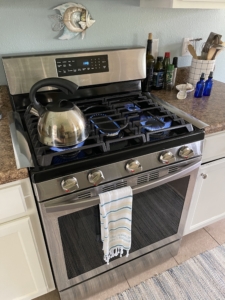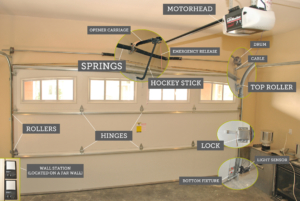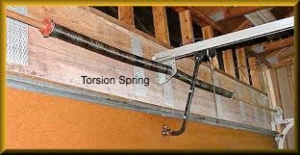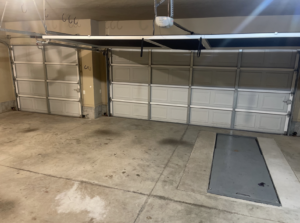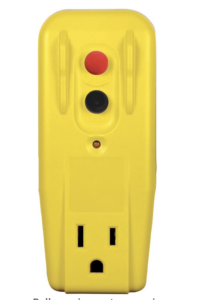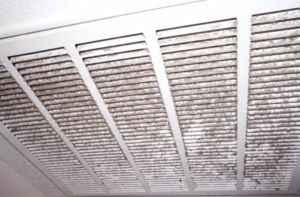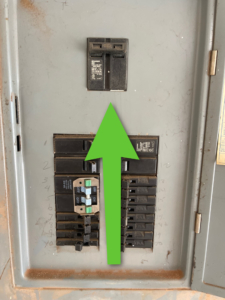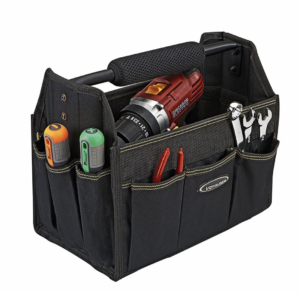
The following items are more essential tools, but this list is by no means exhaustive. Feel free to ask me at your next home inspection(or contact me at any of the links below) about other household tools you might find useful.
Please refer to my previous post to complete your stash of must-have home maintenance tools!
Claw Hammer: A good hammer is one of the most important tools you can own. Use it to drive and remove nails, to pry wood loose from the house, and in combination with other tools. They come in a variety of sizes, although a 16-ounce hammer is the best all-purpose choice.
Screwdriver Set: It’s best to have four screwdrivers: a small and large version of both a flathead and a Phillips-head screwdriver. Electrical screwdrivers are sometimes convenient, but they’re no substitute. Manual screwdrivers can reach into more places and they’re less likely to damage the screw.
Wire Cutters: Wire cutters are pliers designed to cut wires and small nails. The side-cutting style (unlike the stronger end-cutting style) is handy, but not strong enough to cut small nails.
Respirator / Safety Mask: While paints and other coatings are now manufactured to be less toxic (and lead-free) than in previous decades, most still contain dangerous chemicals, which is why you should wear a mask to avoid accidentally inhaling their fumes. A mask should also be worn when working in dusty and dirty environments like attics or crawlspaces. Disposable masks usually come in packs of 10 and should be thrown away after use(I recently discovered a disposable with an exhale port to keep from fogging up your glasses). Full and half-face respirators can be used to prevent the inhalation of very fine particles that ordinary face masks will not stop, such as insulation fibers and sawdust.
Duct Tape: Any engineer from #NASA to #NASCAR will tell you how important it is to keep a roll of this around. This tape is extremely strong and adaptable. Originally, it was widely used to make temporary repairs to many types of military equipment. Today, it’s one of the key items specified for home emergency kits because it’s water-resistant and extremely sticky. Duct tape now comes in a variety of colors(#hobby lobby has some great designs), but remember that it’s meant to be used as a temporary fix.
Flashlight: None of the tools you own will be of any use if you cannot visually inspect the situation. The problem—and solution—are apparent only with a good flashlight. A traditional two-battery flashlight is usually sufficient, as larger flashlights may be too unwieldy. Of course, having backups at home (as well as in all your vehicles) is a must for emergency situations.
Tape Measure: Measuring house projects requires a tape measure—not a ruler or a yardstick. Tape measures come in many lengths, although one that is at least 25 feet is best. Measure everything at least twice to ensure accuracy, regardless of the project.
Hacksaw: A hacksaw is useful for cutting metal objects, such as pipes, bolts and brackets. Hacksaws look thin and flimsy, but they’ll easily cut through even the hardest of metals. Blades are replaceable, so focus your purchase on a quality hacksaw frame. Use a stable surface for cutting, and use caution, as a hacksaw injury can be painful and deep.
Torpedo Level: Only a level can be used to determine if something, such as a shelf, appliance or picture, is correctly oriented. The torpedo-style level is unique because it not only shows when an object is perfectly horizontal and vertical, but it also has a gauge that shows when an object is at a 45-degree angle. The bubble in the viewfinder must be exactly in the middle—not merely close.
Safety Glasses / Goggles: For all tasks involving a hammer, saw or a power tool, you should always wear safety glasses or goggles. They should also be worn while you mix chemicals, install insulation, and do major renovation projects involving tear-downs of building materials, such as drywall, because anything that can go airborne upon destruction can wind up in your eyes, causing irritation or injury.
Plunger: A clogged sink or toilet is one of the most inconvenient household problems. With a plunger on hand, you can usually get the water flowing again fast. It’s best to have two plungers: one for the sink and one for the toilet.
Combination Wrench Set: One end of a combination wrench is open and the other end is a closed loop. Nuts and bolts are manufactured in standard and metric sizes, so it’s handy to have set of different sizes in both types. For the most leverage, always pull the wrench toward you. Also, avoid over-tightening.
Slip-Joint Pliers: Use these to grab hold of a nail, nut, bolt, and much more. These pliers are versatile because of their jaws, which feature both flat and curved areas for gripping many things. They also have a built-in slip-joint, which allows you to quickly adjust the jaw size to suit most tasks.
Adjustable Wrench: It can be somewhat awkward to use at first, but an adjustable wrench is ideal when you need wrenches of different sizes. Screw the jaws all the way closed to avoid damaging a bolt or nut.
Caulking Gun: Caulking is a quick way to seal up gaps in tile, cracks in concrete, and leaks in certain types of piping. Caulking can provide thermal insulation and control water penetration. Caulk should be applied only to areas that are clean and dry
To save money, check out one of your local discount tool warehouses.
Remember! Always think safety. It’s often worth the money to pay a professional to avoid to personal risk
Home Run Inspections, LLC
Oklahoma: 405-905-9175
Florida: 850-203-3239
Info@HomeRunInspections.com
We Cover All the Bases!
Serving the Oklahoma City metro and surrounding areas including Edmond, Yukon, Piedmont, Bethany, El Reno, Tuttle, Mustang, Moore, Norman, Midwest City, Del City, Choctaw, McCloud, Shawnee, Harrah, Newalla, Jones, and more.
Also Now Serving the Florida Panhandle metro areas including Destin, Fort Walton Beach, Okaloosa Island, Miramar Beach, Santa Rosa Beach, Niceville, Shalimar, Freeport, Crestview, DeFuniak Springs, Panama City Beach, and more.
Schedule Your Inspections Online at:
Oklahoma Scheduler
Florida Scheduler
Like us on FaceBook
Follow us on Twitter
Follow us on Instagram
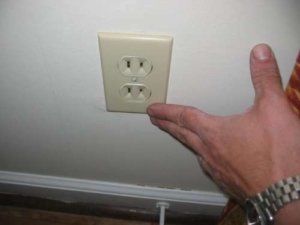
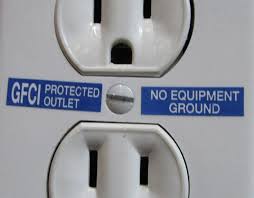





 nd repair in your zeal to outsmart a tenacious burglar.
nd repair in your zeal to outsmart a tenacious burglar. pical picture frames, so they’re easy to spot as a hiding place.
pical picture frames, so they’re easy to spot as a hiding place.